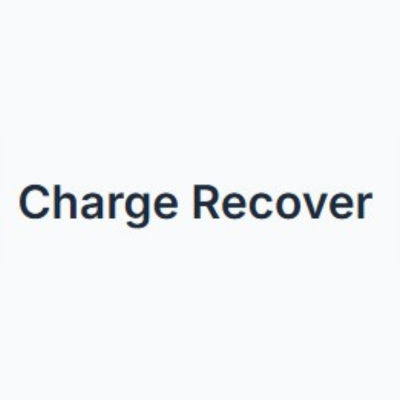
Introduction
Chargebacks are a serious challenge for businesses operating online and offline. Originally designed to protect consumers from fraud and unethical merchants, chargebacks today have evolved into a major operational threat for businesses. Chargeback Prevention is critical not only to protect revenue but also to maintain good relationships with payment processors and avoid penalties.
By adopting the right Chargeback Prevention strategies, businesses can significantly reduce the number of chargebacks they face and protect their long-term growth.
What is Chargeback Prevention?
Chargeback prevention refers to the steps businesses take to stop disputes before they occur. Instead of dealing with the costly and complicated process of fighting chargebacks after they happen, prevention focuses on identifying potential issues early and addressing customer concerns proactively.
Effective prevention minimizes financial loss, protects merchant reputations, and ensures smoother payment processing relationships.
Why Chargebacks Happen
Understanding the root causes of chargebacks is the first step toward prevention. Some of the most common reasons include:
- Fraudulent transactions: Unauthorized use of credit cards.
- Friendly fraud: Customers claim they didn’t receive goods or services even though they did.
- Misunderstandings: Confusion about return policies, product descriptions, or billing practices.
- Merchant errors: Mistakes like double billing, incorrect charges, or delayed shipments.
By recognizing these causes, businesses can tailor their prevention strategies effectively.
Key Chargeback Prevention Strategies
1. Clear Communication with Customers
Transparency builds trust and reduces misunderstandings. Ensure product descriptions are accurate, pricing is clear, and return and refund policies are easy to find and understand.
Send detailed order confirmations and shipping notifications so customers always know the status of their purchases.
2. Maintain Excellent Customer Service
Offering responsive, helpful customer service can stop a chargeback before it starts. Many customers resort to chargebacks simply because they can’t reach the merchant or feel ignored.
Make it easy for customers to contact you and train your staff to resolve issues quickly and fairly.
3. Use Robust Fraud Detection Tools
Investing in fraud prevention tools is essential. Address verification systems (AVS), CVV verification, and 3D Secure protocols can help confirm that customers are legitimate.
Monitoring unusual buying patterns and flagging suspicious transactions can also catch potential fraud before it results in a chargeback.
4. Keep Detailed Records
Maintaining accurate records of all transactions, including communication with customers, shipping confirmations, and proof of delivery, is crucial.
If a chargeback occurs, having complete documentation strengthens your ability to fight back successfully — and discourages customers from filing false claims.
5. Deliver Products and Services Promptly
Delayed shipments, wrong products, or service errors are major sources of customer dissatisfaction and disputes.
Set realistic expectations for delivery times and service completion. If delays occur, proactively communicate with customers to manage expectations.
6. Recognize and Address Friendly Fraud
Sometimes, legitimate customers initiate chargebacks for valid transactions. Educating customers about your policies and encouraging them to contact you directly with concerns can minimize friendly fraud.
Additionally, monitor customers who frequently dispute transactions and consider blocking high-risk buyers if necessary.
7. Optimize Billing Descriptors
Confusing billing statements can cause customers to think they are being charged fraudulently.
Make sure your billing descriptor (the name that appears on the customer’s bank statement) clearly matches your business name or brand to prevent accidental chargebacks.
Benefits of Strong Chargeback Prevention
Effective chargeback prevention brings multiple benefits beyond just saving money.
It improves customer trust, strengthens your brand reputation, ensures better relationships with banks and payment processors, and allows you to focus more on growth instead of dispute resolution.
Moreover, businesses that maintain low chargeback rates often enjoy lower payment processing fees and avoid the risk of being placed in high-risk categories, which can restrict payment options.
Conclusion
Chargebacks can be costly and disruptive, but they are not inevitable. With strong chargeback prevention strategies, businesses can reduce disputes, protect revenue, and create a better experience for customers.
From clear communication and robust fraud detection to responsive customer service, every step taken toward prevention is a step toward a healthier, more resilient business.
In today’s digital economy, preventing chargebacks isn’t just smart — it’s essential.

